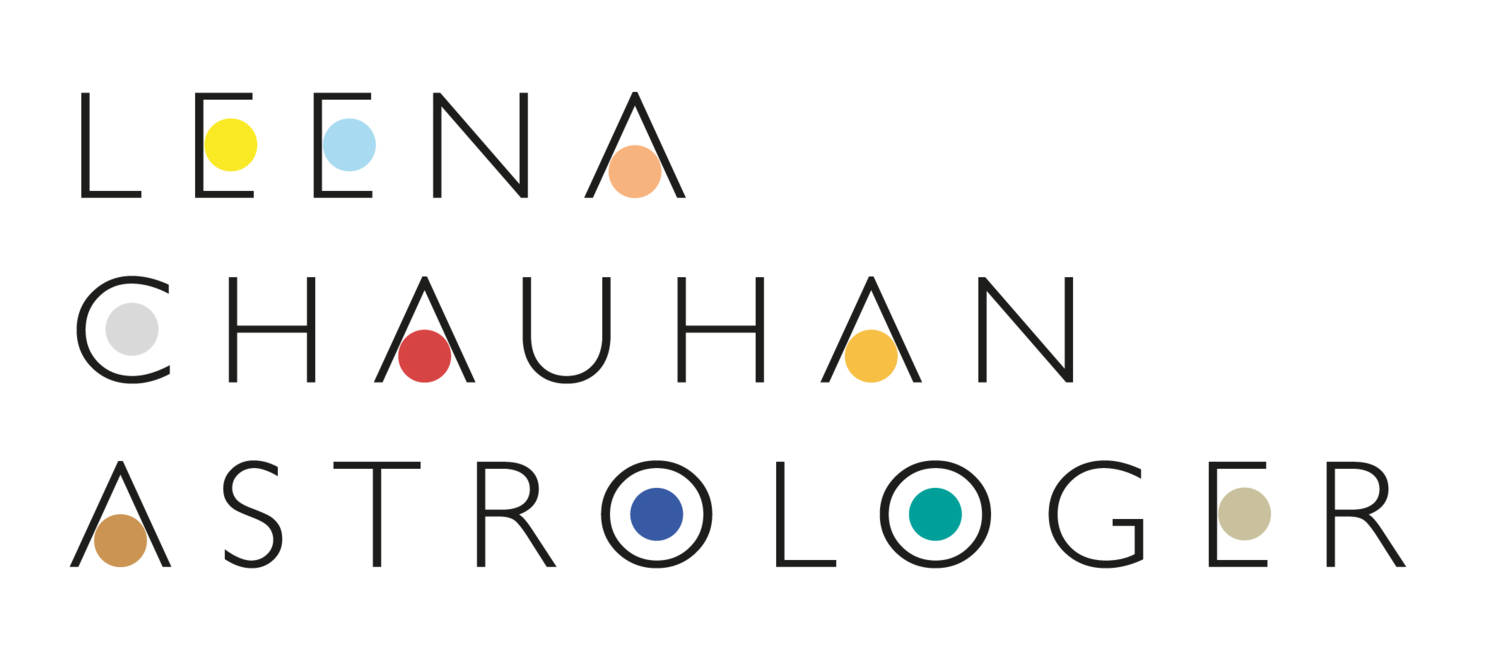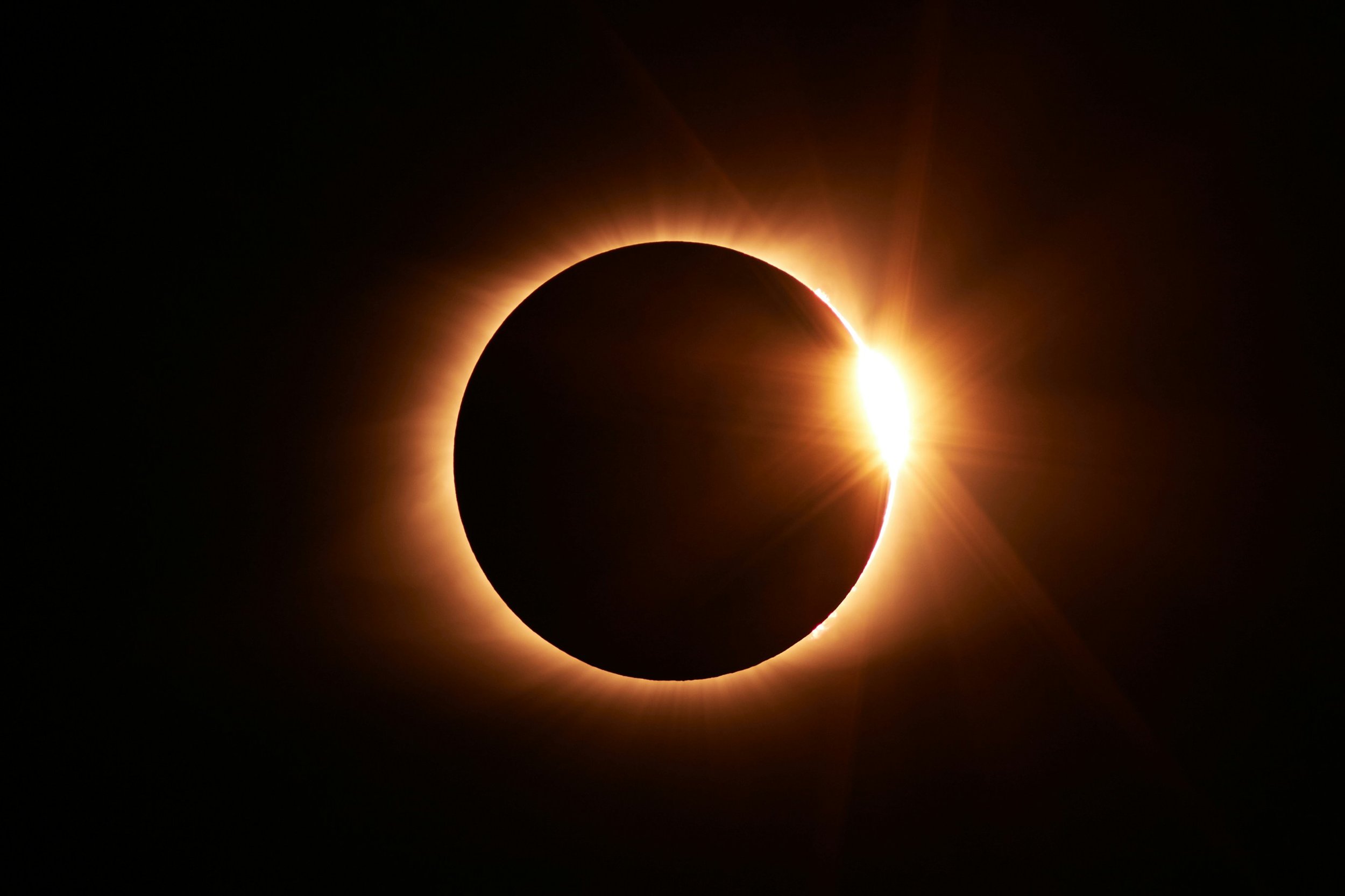Astro Note: New Moons and Solar Eclipses | Full Moons and Lunar Eclipses
A note to explain new and full Moons and their heightened versions as solar and lunar eclipses, with Nasa diagrams.
New and Full Moons
A new Moon happens when the Sun and the Moon are at the same degree of the zodiac circle as a new lunar cycle begins. Hidden by the Sun, the Moon is invisible.
A full Moon occurs when the Sun and Moon illuminate each other from opposite sides of the zodiac belt.
Astrologically, the effects of a new Moon last for a fortnight, or for as long as it takes a new Moon to increase or wax the light it reflects until it becomes a fully lit full Moon.
A full Moon is the midpoint or culmination of a lunar cycle, and its effects last for another two weeks until the full Moon decreases or wanes the light it reflects and becomes an invisible new Moon again.
A full lunar cycle takes a month, a term which is derived from ‘Moon’. A month is defined by how long it takes the Moon to return to its starting new Moon position with the Sun after completing a full lunar cycle.
Solar and Lunar Eclipses
Eclipses block solar or lunar light as seen from Earth. They occur when new and full Moons happen on the ecliptic, or the Sun’s apparent path around the Earth.
In a solar eclipse, the Sun’s light is blocked by the Moon [1]. A solar eclipse is a heightened new Moon.
In a lunar eclipse, the Moon’s light is blocked by the Earth [2]. A lunar eclipse is a ramped up full Moon.
At the 8 April 2024 solar eclipse, the light-giving Sun and Moon, or luminaries, will conjoin at 19° Aries. At the 25 March 2024 lunar eclipse, the Moon is at 5° Libra, illuminated by the Sun at the exact same degree in the opposite sign, 5° Aries.
Astrologers have worked with eclipses as reliable markers for turning points in world events for many years. When an eclipse meets or opposes a planet or angle in an individual’s birth chart, that person will also experience the eclipse as a milestone moment in their own life.
Eclipses are spectacular phenomena to witness. Their astrological meaning is equally dramatic. If an astrological chart is a symbolic map of an unfolding path then an eclipse can act as cosmic steer to align with that path.
A solar eclipse is more potent than a lunar eclipse. The Sun is the centre of the solar system so when its light is obscured, darkness pervades more deeply and widely than when the Moon is in the shadows.
The effects of eclipses typically last for much longer than a couple of weeks as they carry more symbolic weight than regular new and full Moons.
References
[1] https://www.nasa.gov/image-article/solar-eclipse-diagram/
[2] https://www.nasa.gov/image-article/lunar-eclipse-diagram/
Photo by Jongsun Lee on Unsplash

